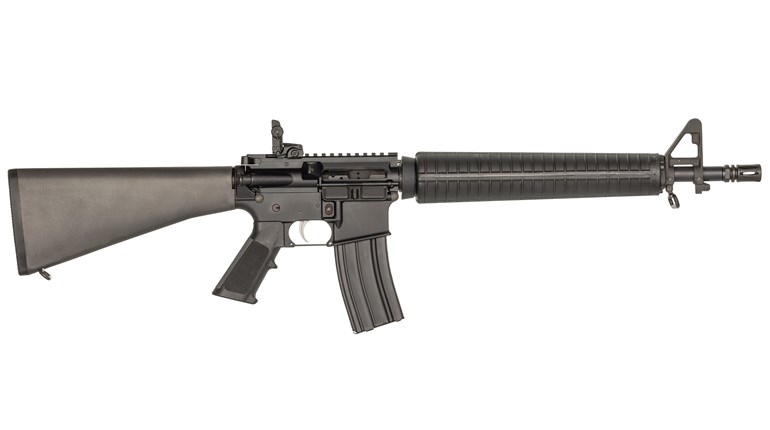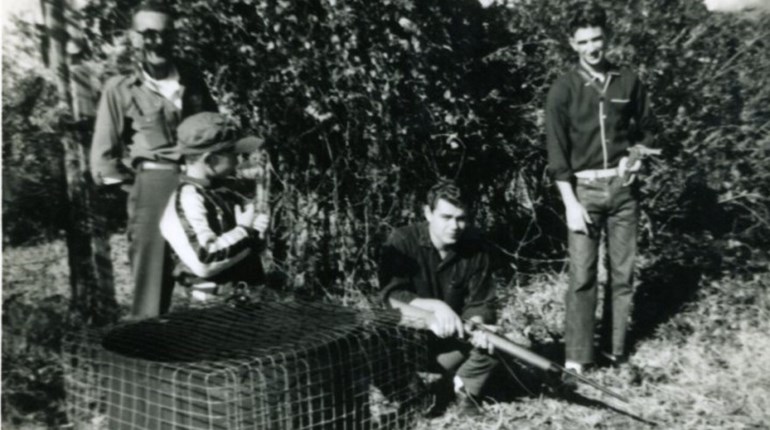
Particularly to many Baby Boomers, it seems impossible that the Vietnam War ended more than 40 years ago. For decades, the long shadows of that drawn-out conflagration darkened many a corner and conversation, and even today some consequences retain disturbing potency. Forty-three years ago this week, what ought to have been the least ambivalent aspect of the war drew to a close—the repatriation of 672 American prisoners of war in Southeast Asia.

The tumults of Vietnam wracked American culture broadly and deeply, though in no province quite like journalism. If a certain jingoism had survived World War II, Korea saw to its demise, and by the early 1960s and Vietnam, much of the media took at best a jaundiced view of American intentions abroad. Clearly submerged for the first time—if not out-and-out hidden—were the motives, associations and often astonishing viciousness of the nation’s and the West’s adversaries. And in Vietnam, the tendency to massage any misstep into outrage—truthful or otherwise—finally, fully flowered.
Nowhere was this more obvious than the media’s inattention to the treatment of American prisoners of war held by North Vietnam. Despite being signatories to the Geneva Conventions, Ho Chi Minh’s Communist government complied with only the loosest notion of their responsibilities: Torture and deprivations of all sorts were common and protracted, to say nothing of pointless limits on medical treatments, and packages or even letters to and from home. These proscribed treatments continued unabated from 1964 until well after Politburo Resolution No. 194 proposed improvements in late 1969. Whatever the dates, nearly 20 percent of Americans known to be prisoners at one time or another simply did not survive their captivity.
The North Vietnamese often duped world media, but the favor was returned now and again by captive U.S. servicemen—often very ingeniously. The most brazen was likely that of eventual Navy Rear Adm. and U.S. Sen. Jeremiah Denton blinking “t-o-r-t-u-r-e” in Morse code while being questioned during a Japanese press conference in 1966. Beatings like Cmdr. Denton received both before and especially after his interview were commonplace, and occasionally lethal. Indeed, treatment of the POWs was a major factor in President Richard Nixon’s ferocious prosecution of the end of the war—Operation Linebacker II—and on Jan. 27, 1973, both sides stood down.
Actual repatriation began two weeks later when three Lockheed C-141 “Starlifters” set down at Gia Lam Airport to begin Operation Homecoming. POWs later reported that they had been considerably cleaned and literally fattened up for their departure, including brand-new—such as it was—clothing. The media was in wide attendance, wishing once again to put the best face on the North’s war to “liberate” the South. (Though when the first of more than 1 million refugees began to arrive in Malaysia from Vietnam precisely two years to the week later, considerable doubt was cast on the whole notion of liberation. Communist “re-education” camps would operate for more than a decade, and claim 165,000 Vietnamese victims through disease, overwork and starvation.) Whatever the dates, nearly 20 percent of Americans known to be prisoners at one time or another simply did not survive their captivity.
Still, only so much “eye wash” could be applied. Medal of Honor recipient James B. Stockdale—later a vice admiral and vice presidential candidate—could only walk to and from the aircraft with grave difficulty (his severely damaged leg had been at first neglected, and then never properly treated during seven and a half years of captivity), and six weeks after his injury in a December 1972 bail-out, USAF Technical Sgt. James R. Cook still had to be carried by stretcher to the waiting Starlifter. The longest-held POW—Green Beret and later U.S. Army Col. “Jim” Thompson—got to his taxi under his own steam, but nearly a decade of torture and abuse would never cease to haunt him when he returned to the U.S. in mid-March of 1973, just 10 days short of nine years in captivity.
Despite the very poor health of many POWs, disbelief gave way to dawning delight when the “Hanoi Taxi” flights lifted off. Aeromedical teams were on board each aircraft, and impromptu updates on the many changes back home filled the two-and-a-half hour flights from Gai Lam to Clark Air Force Base in the Philippines. “Everything seemed like heaven. When the doors of that C-141 closed (for departure) there were tears in the eyes of every man on board,” remembered Capt. Larry Chesley (later Lt. Col.).
In all, 54 flights ferried POWs back to Clark—and then home—from North Vietnam. Prisoners held in the South by Viet Cong insurgents (69 in all) were flown to Clark in separate C-9A flights, and nine and three more respectively retrieved from Laos and Communist China. A sad postscript lingers: At the end of Operation Homecoming, more than 1,300 Americans were still unaccounted for, and the fates of many remain unknown to this day.
That the media got many—perhaps most—of the lessons of the Vietnam War wrong is a settled matter, and one with continuing costs for our nation. But it did not matter in the moment, as those long-serving and long-suffering patriots winged home. With the perspective of nearly 30 years, Adm. Stockdale would distill their courage, sacrifice and determination in an interview with Good to Great (2001) author James Collins: “You must never confuse faith that you will prevail in the end—which you can never afford to lose—with the discipline to confront the most brutal facts of your current reality, whatever they might be.”

































